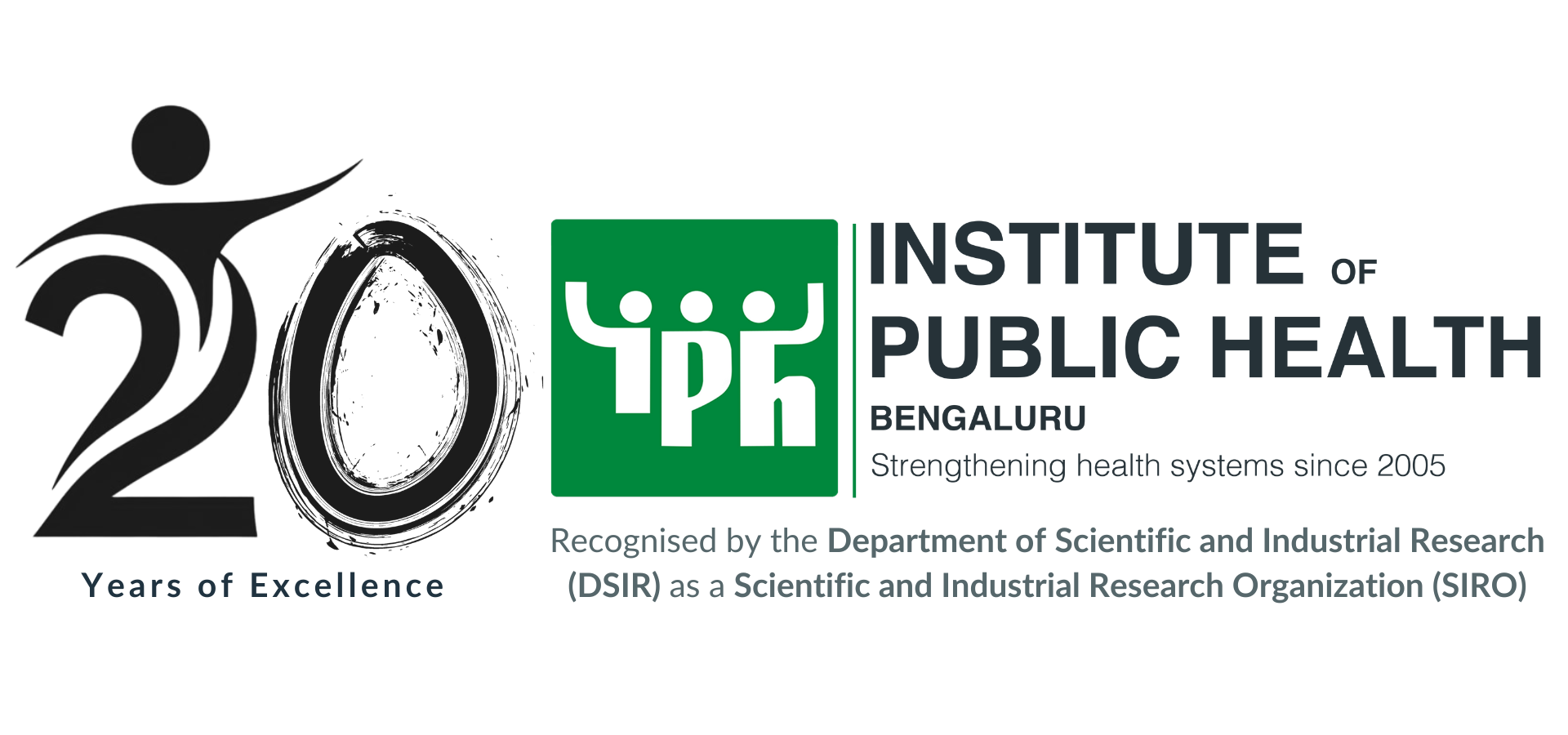The term Medical Devices, as defined in the Food and Drugs Act, covers a wide range of health or medical instruments used in the treatment, mitigation, diagnosis or prevention of a disease or abnormal physical condition. Medical devices are useful for easy diagnostics and effective instruments acting as a catalyst for treatment of many diseases.
Nowadays, rural medical devices are a boost to develop and developing countries around the world. CAMTECH, USA and Harvard Medical School are two examples who provide platform for many students to develop medical devices. CAMTech’s mission is to accelerate medical technology innovation to improve health outcomes in low and middle-income countries (LMICs). The CAMTech India Jugaad-a-thin brings together some of the world’s brightest minds to develop innovative health technologies.
In India, Moreover, NGO’s like SEWA Rural (Gujarat) are extensively working on mobile healthcare through SMS system and smart phones. Nowadays, many mobile sensor based healthcare I-Phone and android applications have come up which can detect the pulse heart rate etc. Diabetes, Alzheimer’s management apps have recently come up in play store. Students of Faridabad-based Manav Rachna College of Engineering have built an automated portable digital device which collects blood and urine samples to detect diseases like diabetes, anaemia and jaundice. Similarly, Hyderabad-based 20-year-old Asar Dhandala has developed Just Born, a Windows app that highlights the issue of female foeticide in India through a game. Similarly, a few IIT-Madras students managed to develop an automated screening tool to detect diabetic retinopathy. The software analyses the image of fundus (interior eye portion) and identifies the regions affected by the disease. Fractal has also developed Virtual Brailler, a device for the visually impaired that converts text to braille. The low-cost revolutionary product proved to be accessible to several millions who earlier depended on the tangible braille books or resorted to text-to-speech methods.
Mobile phone based Glucometers have now come into the market which helps the patient to check the level of glucose on cell phones and send the results to doctors directly. Public Health Foundation of India, Affordable Health Technologies division has designed Swasthya Slate, a system that allows an Android tablet/phone to deliver 33 medical diagnostics using a single kit. It has been validated in field tests in Punjab and Andhra Pradesh and is currently being used internationally in Peru and Timor-Leste. The overall framework of the Swasthya Slate operations involves diagnostic devices interfaced to a Bluetooth unit. An affordable diagnostic device has been taken and readings have been digitized. These digitized values are sent to an Android tablet, wirelessly. In the tablet, a free-to-use application called Swasthya Slate allows the healthcare worker to take demographic details as well as the clinical information of the patient. (https://www.phfi.org/our-activities/affordable-health-technologies).
Covering a wide range of products, from simple bandages to the most sophisticated life-support products, the medical devices sector plays a crucial role in the diagnosis, prevention, monitoring, and treatment of diseases and the improvement of the quality of life of people suffering from disabilities.
Over 70% of India’s population lives in a rural setting. Hence, it goes without saying that providing adequate health care to this group is of paramount importance. In order for that, we need an improved and reorganised healthcare delivery system. The delivery system tasks include motivating women to give birth in hospitals, bringing children to immunization clinics, encouraging family planning (e.g. surgical sterilization), treating basic illness and injury with first aid, keeping demographic records, and improving village sanitation. But their most important contribution is to serve as a key communication mechanism between the healthcare system and rural populations.
Mobile phone ownership in India is growing rapidly, six million new mobile subscriptions are added each month and one in five Indian’s will own a phone by the end of 2007. By the end of 2008, three-quarters of India’s population will be covered by a mobile network. Many of these new “mobile citizens” live in poorer and more rural areas with scarce infrastructure and facilities, high illiteracy levels, low PC and internet penetration. Primary Health Care Services using Mobile Devices ensures improved access to primary health care and its gate-keeping function leads to less hospitalisation, and less chance of patients being subjected to inappropriate health interventions.
Amongst the many ICT options available to govt to improve the efficiency& effectiveness of its delivery process of primary health care, mobile & wireless technologies offer some exciting opportunities for a low cost, high reach service. There is strong evidence that mobile technologies could be instrumental in addressing slow response rates of govt to citizen requests, poor access to services, particularly for low-income and marginalised populations in underserviced rural areas. The use of mobile devices by health care professionals (HCPs) has transformed many aspects of clinical practice.
Hardik Panchal was a student of e-learning course in Public Health Management(ePHM) conducted by Institute of Public Health, Bangalore, India.
Disclaimer: IPH blogs provide a platform for ePHM students to share their reflections on different public health topics. The views expressed here are solely those of the authors and not necessarily represent the views of IPH.


